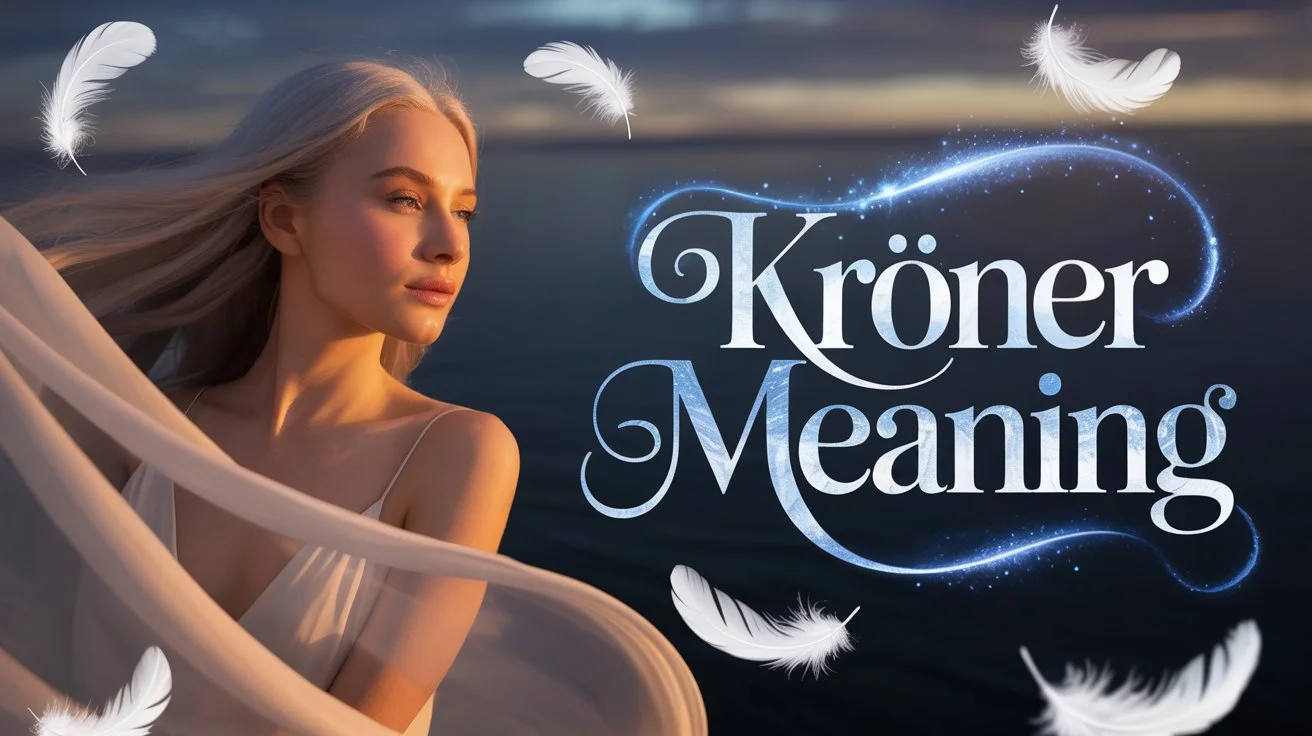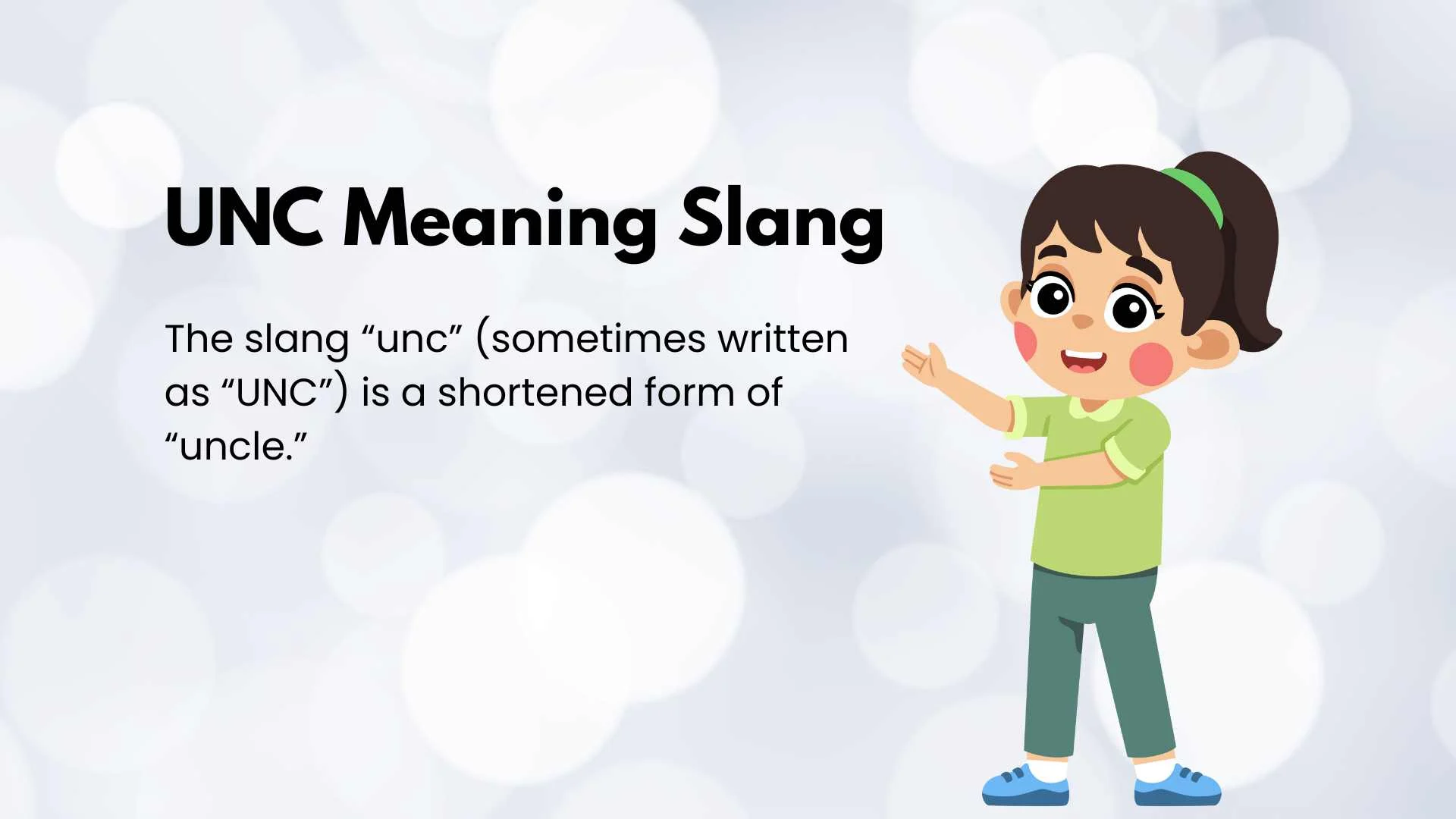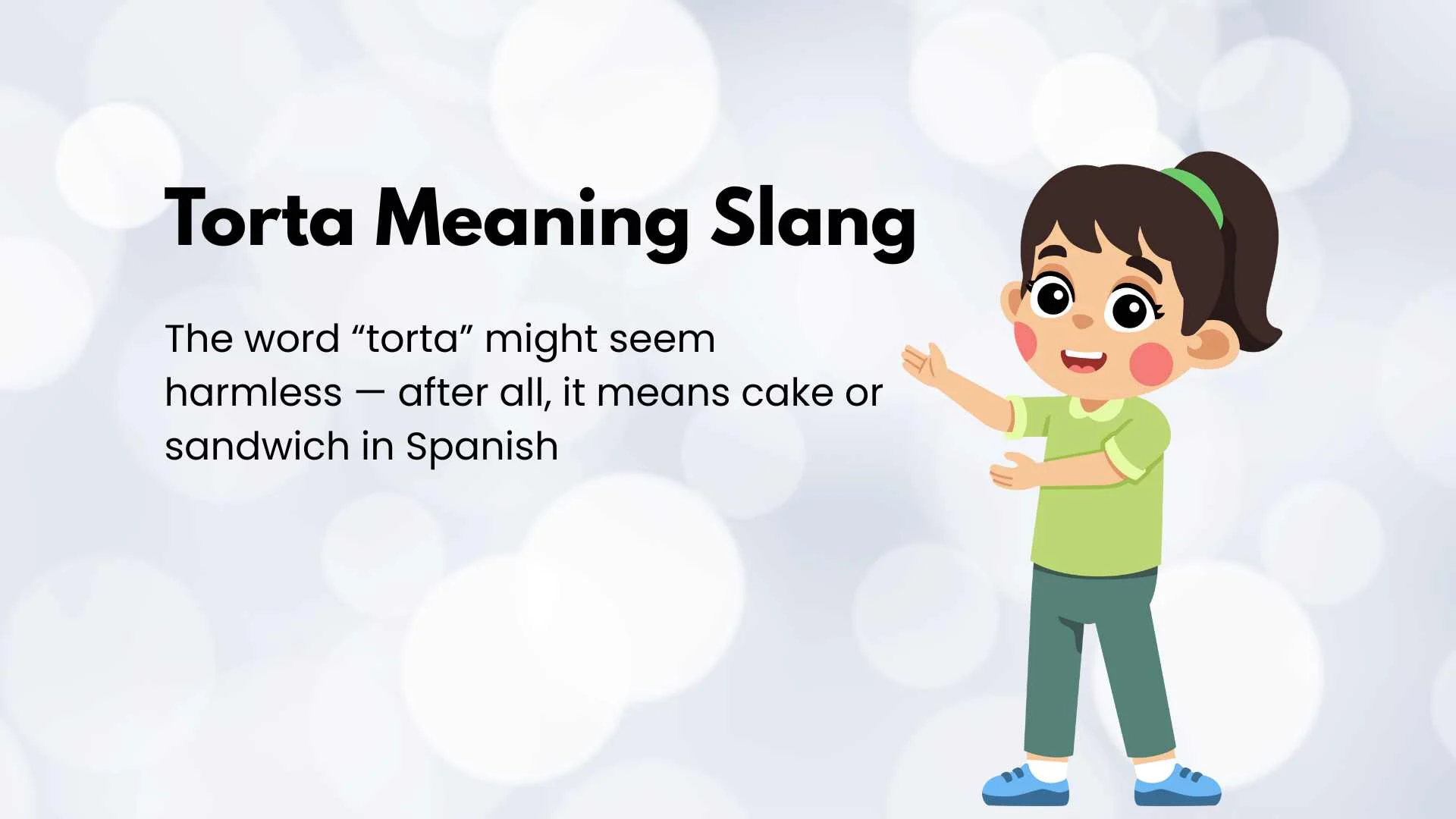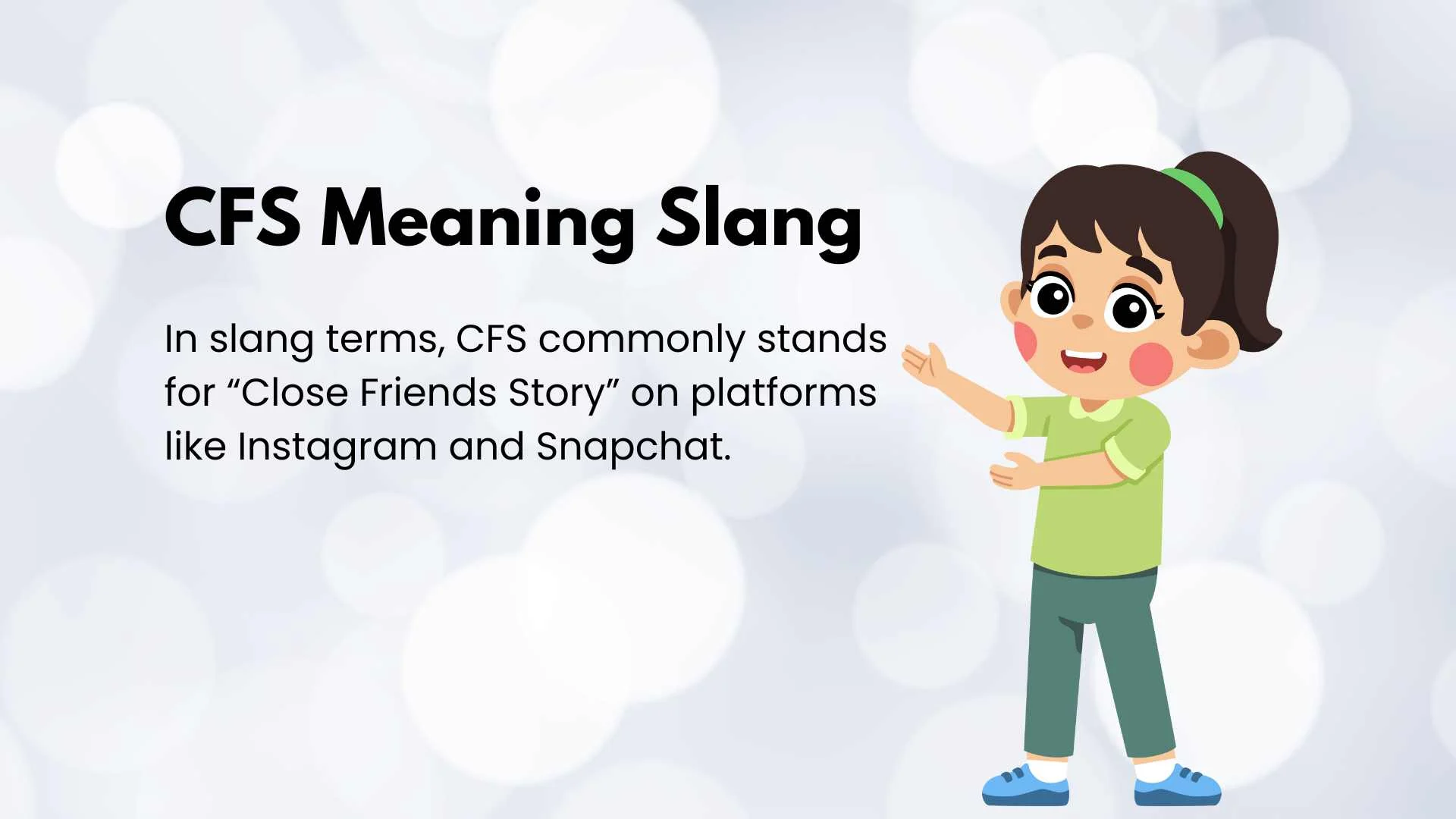Understanding kroner meaning is essential if you’re dealing with Scandinavian currencies, traveling to Northern Europe, or exploring historical monetary systems.
Rizz Line Generator
The term “kroner” might seem simple at first glance, but its history, usage, and variations reveal much about culture, economics, and even linguistics.
This article dives deep into what kroner is, its origin, modern usage, and associated terms like hiatus, providing a comprehensive guide for learners, travelers, and currency enthusiasts alike.
What Is Kroner?
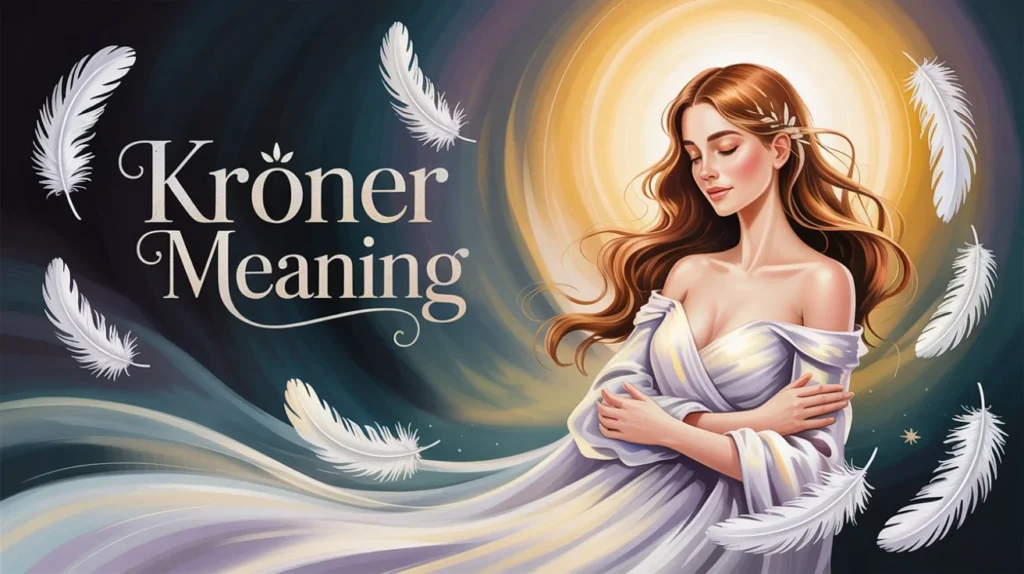
At its core, kroner is the plural form of krone in Danish and Norwegian, and it corresponds to krona in Swedish. All three originate from the Old Norse word “króna,” meaning crown. Historically, this reflects the connection between currency and monarchy, common in European nations.
Key points about kroner:
- Plural form: Krone → kroner, Krona → kronor
- Function: Official currency in Denmark, Norway, and Sweden
- Usage: Formal transactions, casual slang, and historical references
In everyday conversation, people might use kroner slang usage to refer to money casually, much like Americans say “bucks” for dollars.
Table: Singular and Plural Forms
| Language | Singular | Plural | Meaning |
|---|---|---|---|
| Danish | krone | kroner | Crown / monetary unit |
| Norwegian | krone | kroner | Crown / monetary unit |
| Swedish | krona | kronor | Crown / monetary unit |
Countries Using Kroner
Denmark (DKK)
The Danish krone (DKK) is the official currency in Denmark and its territories, including Greenland currency and the Faroe Islands currency. Coins are denominated in 1, 2, 5, and 10 kroner, with banknotes ranging from 50 to 1000 kroner.
Norway (NOK)
The Norwegian krone (NOK) serves as the currency in Norway. Norway uses similar denominations but has distinct designs reflecting national culture. Coins range from 1 to 20 kroner, while banknotes are issued in 50, 100, 200, 500, and 1000 kroner.
Sweden (SEK)
The Swedish krona (SEK), historically referred to as krona, is used across Sweden. It replaced the Riksdaler and maintains the plural form kronor. Banknotes are issued in 20, 50, 100, 200, 500, and 1000 kronor, with coins ranging from 1 to 10 kronor.
Diagram Idea: Map highlighting Denmark, Norway, and Sweden to show Scandinavian currency distribution.
History of Kroner
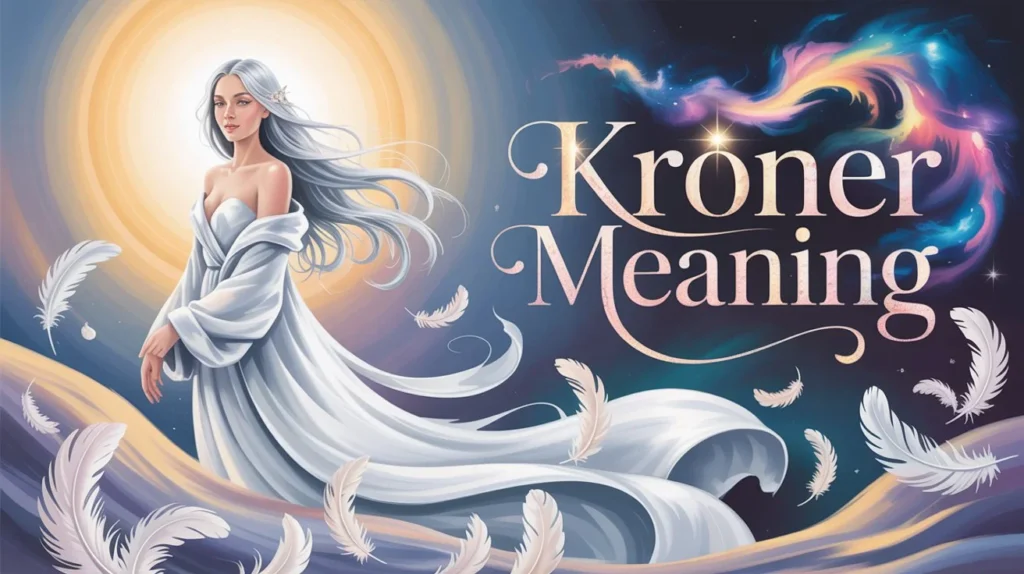
The history of kroner is closely tied to the Scandinavian Monetary Union, established in 1873. This union standardized the monetary system across Denmark, Norway, and Sweden, replacing older currencies like the Rigsdaler, Speciedaler, and Riksdaler.
- 1873: Scandinavian Monetary Union founded
- 1875: Introduction of Danish krone and Norwegian krone
- 2010: Modern reforms and discontinuations of small denominations
The currency’s design reflects cultural identity and the historical importance of monarchy in Scandinavia. Coins and notes often feature monarchs, national landmarks, and symbols.
Kroner Coins and Banknotes
Coins
- Denominations: 1, 2, 5, 10, 20 kroner
- Composition: Typically nickel, copper, or steel
- Usage: Everyday transactions, vending machines, public transport
Banknotes
- Denominations: 50, 100, 200, 500, 1000 kroner
- Security features: Watermarks, holograms, tactile printing
- Designs: Show national heritage, monarchs, and historical figures
Table: Common Denominations Across Scandinavia
| Country | Coins | Banknotes |
|---|---|---|
| Denmark (DKK) | 1, 2, 5, 10 | 50, 100, 200, 500, 1000 |
| Norway (NOK) | 1, 5, 10, 20 | 50, 100, 200, 500, 1000 |
| Sweden (SEK) | 1, 2, 5, 10 | 20, 50, 100, 200, 500, 1000 |
Collectible coins and commemorative banknotes are highly sought after by numismatists. They often celebrate significant cultural events or anniversaries.
Economic Significance of Kroner
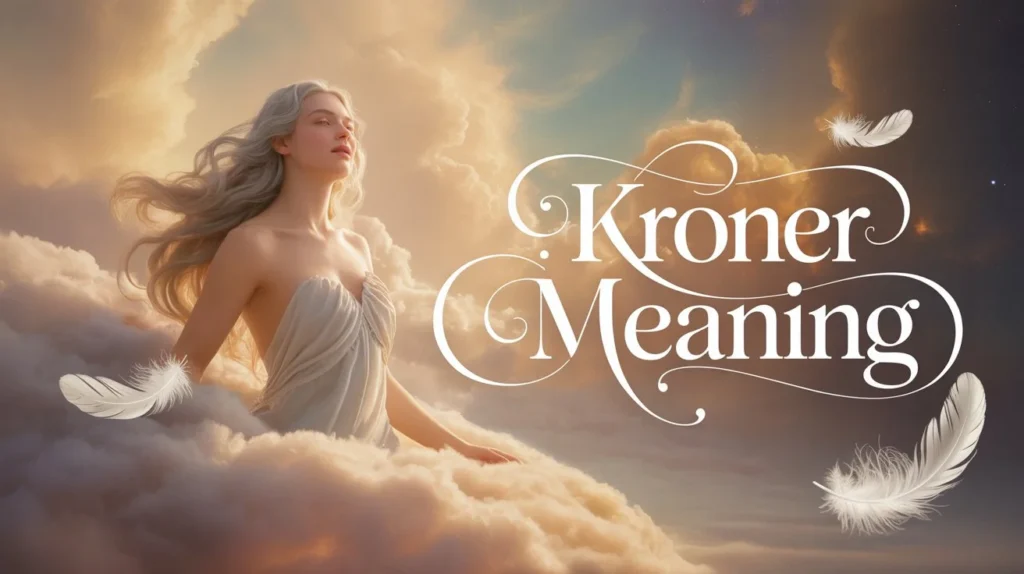
The economic significance of kroner cannot be understated. Its value and stability are crucial for discretionary spending, international trade, and investment.
- Exchange rates:
- 1 USD ≈ 6.5 DKK
- 1 USD ≈ 10 NOK
- 1 USD ≈ 11 SEK (rates fluctuate)
- Purchasing power: Everyday items like groceries, transportation, and dining are priced in kroner.
- Cultural identity: The currency symbolizes national heritage and confidence in the economy.
Understanding kroner also helps travelers plan budgets effectively and grasp local economic trends.
Linguistic and Slang Usage
Beyond finance, kroner meaning extends into language.
- Informal usage: People casually refer to money as kroner in speech: “It costs 200 kroner.”
- Lexical semantics: Shows how a word evolves from royal symbolism to everyday currency.
- Hiatus connection: Linguistically, words like hiatus share structural relevance.
- Hiatus meaning: A break or gap in continuity
- Hiatus usage: Can refer to anatomy (esophageal hiatus, aortic hiatus), linguistics (vowel hiatus), or media (television hiatus)
Synonyms / Alternatives for hiatus:
- Intermission
- Recess
- Sabbatical
- Leave of absence
- Downtime
- Pause
- Breather
This shows how language evolution adapts terms for both literal and metaphorical breaks.
Subdivisions and Denominations Explained
Scandinavian currencies are divided into smaller units called øre (Denmark, Norway) or öre (Sweden).
- 1 krone/krona = 100 øre/öre
- Usage: Small coins are increasingly rare due to digital payments.
- Trend: Cashless transactions are rising, but coins still hold cultural significance.
Table: Subunit Examples
| Country | Subunit | Usage |
|---|---|---|
| Denmark | øre | Minimal, coins mostly phased out |
| Norway | øre | Rarely used, rounding common |
| Sweden | öre | Mostly digital, physical coins limited |
Pronunciation and Plural Forms
Pronouncing krone and krona correctly helps in travel and language learning.
- Krone (DK/NOK): /kroːnə/ → plural kroner
- Krona (SEK): /ˈkruːna/ → plural kronor
- Common mistakes: Using the singular for plural or mixing Danish, Norwegian, and Swedish forms
Knowing the plural forms aids in reading price tags, discussing currencies, and understanding financial news.
Kroner in Modern Context
Banking and Finance
- Widely used in ATMs, bank transfers, and online payments.
- Digital platforms often allow automatic currency conversion between DKK, NOK, SEK.
Travel and Tourism
- Travelers should note exchange rates and familiarize themselves with kroner coins and kroner banknotes.
- Currency tips: Use credit cards, avoid exchanging money at airports for high fees, and track rates via apps.
Digital Trends
- Mobile wallets and e-banking are gaining popularity.
- Even small purchases, like coffee or bus tickets, often use cashless methods.
Related Terms and Synonyms
Understanding related terms enriches comprehension of kroner meaning.
- Currency synonyms: Crown currency, monetary unit
- Hiatus alternatives: Intermission, break, pause, downtime
- Contextual usage:
- Finance: kroner, krone
- Anatomy: esophageal hiatus, aortic hiatus
- Linguistics: vowel hiatus
- Media: television hiatus
Recognizing context ensures proper usage whether discussing money, language, or anatomy.
FAQs About Kroner
What countries use kroner?
- Denmark, Norway, Sweden, Greenland, Faroe Islands
What is the difference between krone and krona?
- Krone = Danish/Norwegian currency
- Krona = Swedish currency
- Plurals: kroner (DK/NOK), kronor (SEK)
How do you pluralize krone?
- Singular: krone
- Plural: kroner
Can kroner be used as slang?
- Yes, it’s often used casually to mean money
Are all denominations still in circulation?
- Coins under 1 krone/öre are mostly phased out; banknotes remain standard
Conclusion
Understanding kroner meaning involves more than just knowing it’s money. It reflects centuries of Scandinavian history, cultural identity, and economic significance. From its origin in the Scandinavian Monetary Union to modern digital transactions, kroner remains an essential part of Denmark, Norway, and Sweden’s financial landscape.
Whether you’re traveling, learning the language, or studying finance, knowing about kroner coins, kroner banknotes, and slang usage enriches your understanding of both money and culture.
References & Further Reading
- Danmarks Nationalbank – Official information on Danish krone (DKK)
- Norges Bank – Official Norwegian krone (NOK)
- Sveriges Riksbank – Official Swedish krona (SEK)
- Historical monetary references on the Scandinavian Monetary Union

